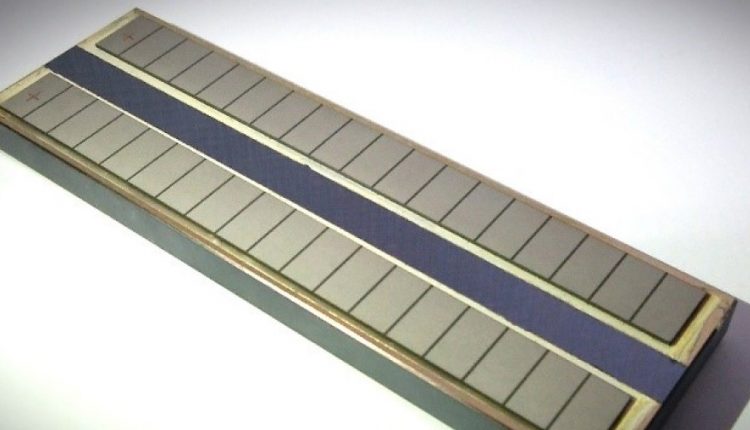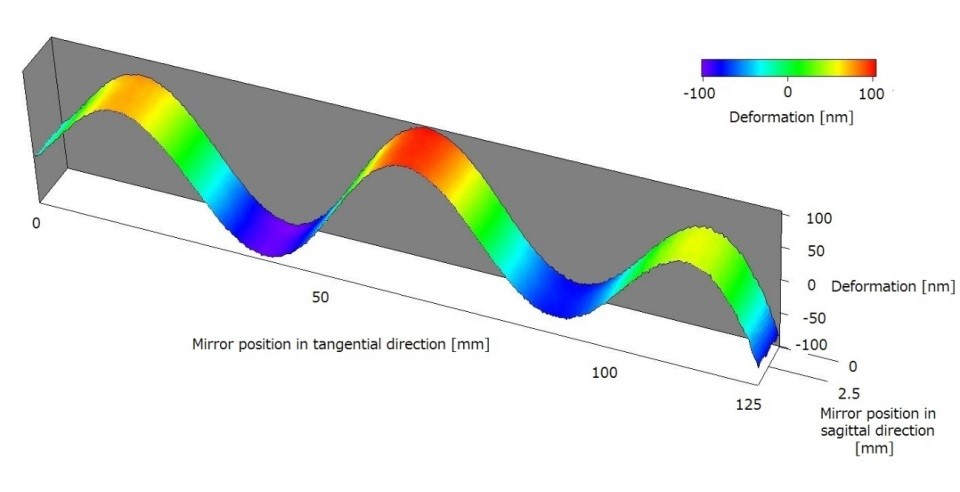
A deformable mirror can be used to correct wavefront errors in an astronomical telescope, to increase depth range and create truer 3D imaging, and for robotic vision and surveillance cameras that provide real-time or long-distance imaging. They can also be used to capture high-resolution retinal images and increase the depth of scanning in optical coherence tomography.
Until recently, using deformable mirrors bonded with epoxy has caused off-gassing problems in vacuum chambers as well as denaturing the bonding materials due to chamber cleaning at high temperatures. Deformable mirrors could only be used in ambient atmospheres.
A team from Osaka University and JTEC Corporation has just created a method to bond PZT actuators to a mirror substrate without using epoxy and developed a glue-free bimorph deformable mirror that can be used under vacuum for precise shape modification.
Using inorganic silver nanoparticles, the team confirmed that the emission rate of organic gas was at an acceptable level, the vacuum chamber was not contaminated by the gas, and it maintained the same level of operability as conventional mirrors.

They also confirmed that the bonding and bending characteristics were almost the same before and after heating at 200°C, which is necessary for cleaning procedures. These results verified practical usage of this mirror under vacuum.
This group’s achievements will permit a maximal use of 100 to 1,000 times brighter X-rays provided by fourth-generation synchrotron radiation facilities than that of current third-generation facilities. This mirror will be used in X-ray experiments and soft X-ray systems, both of which need a high vacuum environment, for the fourth-generation large synchrotron radiation facilities in which precision optics under vacuum are indispensable.
“Our bimorph deformable mirror will be used in a variety of applications—not only for X-ray radiation systems but also for controlling space telescopes and high-intensity lasers,” says first author Yoshio Ichii.
Source: Osaka University
